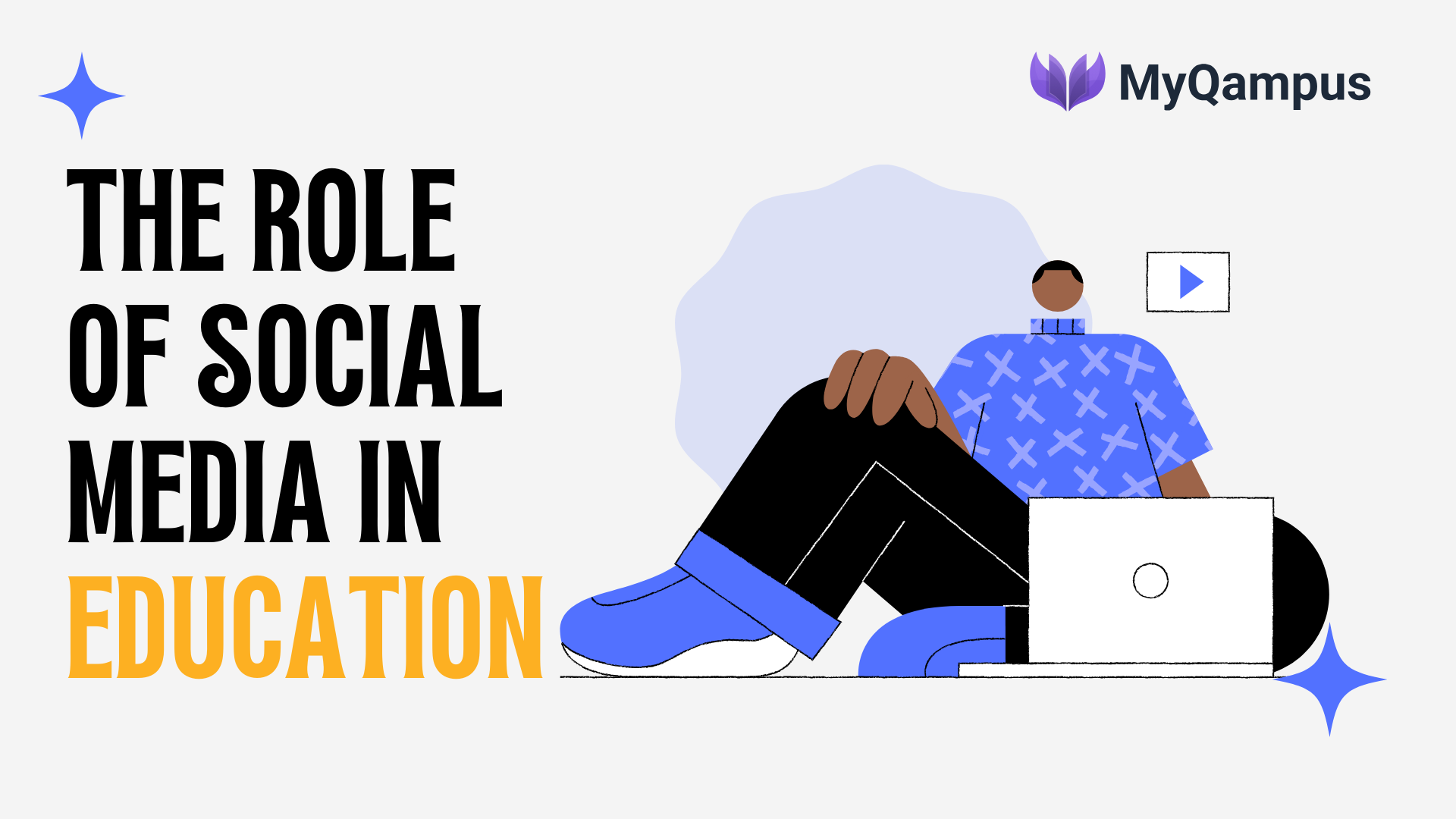The Role of Social Media in Education: Transforming Learning and Teaching in the Digital Age

In the digital era, the influence of social media on education has grown exponentially, reshaping traditional learning environments and enhancing educational experiences for students worldwide. Once considered a distraction, platforms like Twitter, Instagram, and Facebook are now being utilized as powerful tools for communication, collaboration, and the sharing of knowledge. This article explores the profound impact social media has on education, from improved student engagement to potential challenges that need to be addressed.
How Social Media Influences Education
The integration of social media into education has changed how students interact with both content and their instructors. Communication between students and teachers was once confined to classroom hours or scheduled office sessions. Now, thanks to platforms such as WhatsApp, Facebook, and Twitter, students can ask questions, share resources, and discuss topics in real-time. This increased interaction promotes continuous learning and greater engagement, particularly for younger students in primary education who benefit from prompt feedback.
Moreover, social media facilitates the creation of online communities where students can collaborate, exchange ideas, and form study groups. These networks provide access to a wealth of resources, including articles, tutorials, and real-time updates that can enrich the learning process—especially in secondary education where independent research becomes more crucial. Yet, with constant notifications and distractions, it’s vital to balance the educational benefits of social media with its potential to divert attention away from academic work.
Advantages of Social Media in Education
When used effectively, social media offers numerous advantages for both students and educators:
- Facilitates Collaborative Learning: Platforms such as Google Classroom and Edmodo provide opportunities for students to work on projects together, enhancing teamwork and real-time collaboration.
- Encourages Creativity and Critical Thinking: Social media allows students to express ideas through videos, infographics, and other multimedia, fostering creativity. Additionally, it promotes the analysis of data from diverse sources, helping develop critical thinking skills.
- Access to Educational Resources: YouTube tutorials, Instagram live sessions, and online educational communities offer vast content that complements traditional learning materials, providing up-to-date resources for students.
- Developing Digital Literacy: Social media usage builds essential digital skills that are invaluable for academic success and future career prospects.
Challenges and Disadvantages of Social Media in Education
Despite its benefits, social media presents several challenges that need to be addressed:
- Distractions: Social media platforms can be overwhelming, with constant notifications and the temptation to check personal updates. This can lead to reduced focus and productivity.
- Security and Privacy Concerns: Exposure to inappropriate content, cyberbullying, or identity theft is a concern, especially for younger students. Ensuring robust privacy settings and educating students about online safety is crucial.
- Shallow Interactions: While social media enhances communication, online interactions can sometimes lack the depth of face-to-face exchanges, affecting the quality of relationships and conversations.
- Misinformation and Fake News: The rapid spread of incorrect or biased information is a risk on social media. Encouraging students to critically evaluate sources is essential in maintaining the integrity of their learning.
Maximizing the Potential of Social Media in Education
Despite the challenges, social media can be an incredibly effective educational tool when used strategically. Here are a few ways teachers and students can harness the power of social media for a more engaging learning experience:
- Create Study Groups: Students can use platforms like Facebook or WhatsApp to create private study groups where they can share resources and engage in discussions outside of class.
- Educational Blogs: Teachers can develop blogs on platforms such as WordPress to share supplementary materials, lecture notes, and research, providing an accessible learning resource for students.
- Host Webinars and Live Classes: Using platforms like YouTube or Instagram to host live lectures or webinars helps make learning more dynamic and interactive. These sessions can be recorded for students to revisit at their convenience.
- Gamification: By incorporating game mechanics such as points, badges, or peer competitions, social media can be used to gamify learning, keeping students motivated and engaged.
Conclusion
Social media is undoubtedly transforming the landscape of education, providing a wealth of opportunities for learning and communication. Its ability to connect students with peers, teachers, and global resources makes it a powerful tool in the educational process. However, to fully benefit from its potential, it is crucial to be mindful of the distractions and risks it presents. With the right strategies, both students and educators can harness the positive aspects of social media to create a more collaborative, creative, and dynamic learning environment.